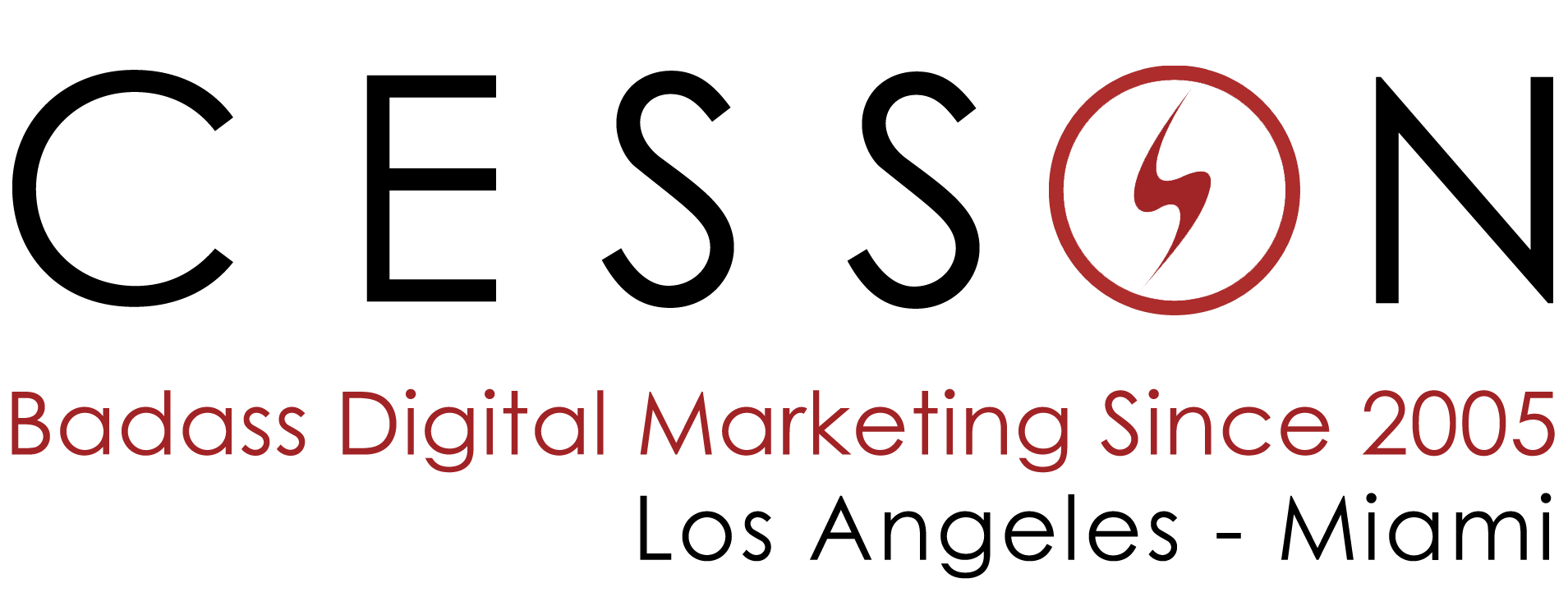Businesses seeking to build a successful team should consider the importance of diversity in their hiring practices. From older generations and younger workers to those from different backgrounds, having a mix of employees can bring a variety of perspectives, expectations, and work styles that can help fuel productivity and creativity. With careful planning, businesses can achieve greater success by leveraging the strengths of their diverse workforce.
To make the most out of a diverse team, it’s important to take an intentional approach to your hiring process. Consider how different age groups may fit into each role and how their skills can complement each other. Research potential candidates carefully to ensure you bring on individuals who are capable and culturally aware. Once hired, foster an inclusive environment by creating opportunities for open dialogue and collaboration. With a bit of effort, businesses of all sizes can benefit from the unique talents and perspectives of a diverse team.
This blog post will explore the importance of diversity in business and provide tips for building a successful team through intentional hiring practices. We’ll also look at ways to create a productive and inclusive environment for all employees. Read on to learn more about the power of diversity in business.
Generations Group: An Overview
For the first time in history, there are five generations in the workforce. Each of them has a different vision of the world determined by their generational circumstances, which is why it’s more important than ever for companies to understand the differences that set them apart.
- Silent Generation / Traditionalist: born between 1925 and 1945
- Baby Boomers: born between 1946 and 1964
- Generation X: born between 1965 and 1980
- Millennials: born between 1981 and 2000
- Generation Z: born between 2001 and 2020
Silent Generation
Raised during the Great Depression, economic survival was a top priority. They remember the effects of WWII, creating a generation of dependable, disciplined, straightforward, tactful, and conservative citizens motivated by Respect, recognition, and providing long-term value to the company.
Baby Boomers
They grew up in a time of optimism, economic growth, and space exploration. They are Optimistic, competitive, workaholic, and team-oriented, motivated by company loyalty, teamwork, and duty; they believe that success comes from sacrifice. Their communication is determined by the most efficient way: phone calls and face-to-face.
Gen Xers
They are flexible, informal, skeptical, and independent, born in the AIDs epidemic, the fall of the Berlin Wall, and the dot-com boom. They are focused on diversity and work-life balance; their professional-personal interest is more important than the company’s interests. As Baby Boomers, they also like the most efficient communication style: calls and face-to-face.
Millennial generation
Millennials were born during the internet boom; they are competitive, civic-minded, open-minded to diversity, and achievement-oriented. They are motivated by responsibility, the quality of their manager, unique work experiences, and fun work-life balance, and they are willing to leave a company if they don’t like it. The communication style must be fast; everything can be resolved through text or email.
Generation Z
Since they were born, they have been driven by technology and self-identify as digital device addicts. They are global, entrepreneurial, progressive, less focused, and motivated by diversity, personalization, individuality, and creativity, preferring to work with millennial managers, innovative coworkers, and new technologies. Social Media is their first and favorite way to communicate.
What are the Benefits of Generational Diversity?
One of the most significant benefits of having different age groups is knowledge sharing; there is as much benefit to be found from Boomers mentoring younger generations.
With the massive future retirement of Boomers over the next decade, hiring younger members of the workforce, and sharing their wealth of business expertise with them, owners can ensure the survival of their businesses.
Even Gen X workers can mentor the young ones; this can reverberate in happier and more productive workers with a better sense of community.
Another benefit is the increment of ROI; it increases potential clients and decreases employee turnover expenses. The multi-generational workforce will also impact sales; when a company’s staff reflects its target market, it can anticipate and respond to its demand better.
What are the Consequences of Not Having Generational Diversity?
Millennials love the diversity in general. When a business workforce doesn’t address age diversity, it will be hard to hire, engage and keep talent because young generations will not hesitate to leave an organization where they don’t see themselves represented.
The lack of diversity in age can negatively impact employees. They might feel they need to be more appreciated and respected.
Generations come with different expectations and needs; diversity is necessary when driving a successful business. It is essential to offer benefits according to each of them; if you don’t, you risk alienating or losing them.
Consider hiring millennials for your executive team; they are the most ambitious employees who can enter the workforce; they have a natural aptitude for technology, are self-starters, and have hungry for success. To attract millennials, you can offer them a flexible work schedule, part-time hours, or lower pay for a few days per week so they can balance their job and other responsibilities.
Remember the necessities of your older workforce, and consider your company’s pension plans and retirement benefits as part of their overall compensation package.
Understanding these differences can help you take advantage of their strengths and have an ideal work environment.
Check out our Badass Speaker interview below about the generational divide.


